 MIAMI — “Women’s Work” has always conjured up specific images, even in this day of house husbands, equal opportunity employment and the first viable female candidate for president of the United States.
MIAMI — “Women’s Work” has always conjured up specific images, even in this day of house husbands, equal opportunity employment and the first viable female candidate for president of the United States.
In the art world, one could take for granted that an exhibition so titled would encompass gender politics.
But this interactive exhibition, curated by artist Jacquenette Arnette at Diaspora Vibe Gallery in Miami’s Design District, departs from expected political, social and aesthetic points of view.
This collection of mixed media explores human identity against a backdrop of contemporary art, combining the work of four female artists – Angela Piehl, Wura-Natasha Ogunji, Vickie Pierre and Arnette.
The four women, of different backgrounds and sexual perspectives, use artistic vocabulary and technique to quell modern suppositions.
Each is a unique storyteller, with approaches from ancient to contemporary. For each, art extends the dialogue of a woman’s role in society.
Arnette has brought her practice to South Beach, where she works as the director of exhibitions at ArtCenter/South Florida at 810 Lincoln Road.
Her installation and mixed media work test the boundaries of female acceptability in our culture.
Straightforward and un-slick in her approach, Arnette employs environment as muse. Born in San Antonio, Tx., she traveled extensively and lived in Germany and Australia before migrating to SoBe.
Her current series of paintings, created in gouache on birch wood, springs from experiences as an “opposite” in her current cultural environment. Manifest in her drawings, paintings and images of animals is a response to South Floridas culture of aesthetic/plastic surgery.
“My pieces are an interaction between viewer and space that usually speak to the city that I have created them in. All of my work has a similar aesthetic and I am told is all very identifiable as my work through my humor,” said Arnette, whose paintings include one of a meerkat with breast augmentation surgery, and one of a mole that has had an eyelid-lift. “I like the way I can use my experiences in the world as a filter to contradict or expose certain characteristics in communities. I like to think of myself as an observer.”
Asked if she classified herself as a feminist, she asserted that the word humanist would apply.
Pierre, a Miami-based painter whose studio is located in the ArtCenter/South Florida complex, tackles the issues of intimacy and relationships, and of gender as manipulated by popular culture.
In her decorative paintings of humanoid forms within blocks of pure color, she shapes cartoon elements into poetic musings on femininity, identity and sensuality.
Pierre uses rubber stamps depicting the furling edges of ball-gowns worn by cartoon princesses, and applies them in random, repetitive patterns onto monochromatic backgrounds. The organ-like forms float and connect to one another with swirling ribbons of text that read like the pages of a teen diary.
There is a romantic damsel-in-distress sentiment upon which Pierre seeks to expand. Although the text does not spring from Pierre’s emotions, it addresses young-girl fantasies.
“A lot of what I’m doing in my work is rooted directly in my childhood memories,’’ said Pierre, Pierre, of Miami, who comes from Haitian parentage and grew up in Brooklyn, N.Y. “It’s about turning those memories into objects that represent power for me.”
On a main gallery wall, Pierre has created a 3-D work of pedestals supporting a collection of 1970s Disney-princess Avon perfume bottles. These porcelain statuettes, linked by draped strands of gossamer hair, recall the silken platinum-tressed princesses with whom we grew up.
“It’s all about manipulation,” Pierre said, describing her treatment of abstract forms to conjure up images drawing from cartoon sources. “My work uses feminine iconography that I believe is challenging for women. These icons perpetuate an idea about women: that their hopes and dreams, value and purpose are usually linked to a male presence (prince). They are manipulative images, no matter how cute they may be, and they are especially manipulative upon the minds of young children. I find that, by appropriating these images and, in turn, manipulating them, I have created a new meaning for myself. They are now totems, deities, icons of a different caliber that are self assured and independent.”
Ogunji works with thread, embroidering images onto layered, translucent sheets of parchment paper to create visual stories about the monumental using female figures or birds. On the tissue surface of the paper, the brightly colored stitches combine with subtle white charcoal to give dimension to the minimalist drawings. Sometimes, thread hangs from the images in loose strands, suggesting an open ending.
Ogunji’s work draws upon traditional Yoruba belief systems from western Africa, in which deities known as orishas represent elements of nature. The daughter of a Nigerian immigrant,
Ogunji’s artistic language is rooted in Yoruba cultural traditions in both symbolism of imagery and selection of materials.
Ogunji credits thread with the power to activate sacred spaces and connect the human spirit to natural forces.
In “Monuments,” her series of hand-stitched works, she addresses the theme of intimate and personal spaces such as the human body (and its natural vulnerability) as sites of power and beauty. The works are ephemeral, fragile and airy amidst the confines of the paper’s surface.
“I am very interested in the paper as a space of possibility,” she explains. “A place where the line of a drawing becomes three dimensional, a place for a spirit to manifest on the page, a place of openings, story, memory, history and, yes, a place where time is not linear.”
In addition, Ogunji creates public performances, documented by video, in which a fathom-long (six-foot) bundle of thread serves as a story’s point of departure.
In “Soundings,” included in the exhibition, a group of black female performers visualizes and negotiates personal relationships with one another through the use of bundles of thread.
Piehl, a painter, investigates identity as it relates to gender, sexuality and the organic body. She identifies herself as gender-queer, and expresses this concept through references to the history of painting and design, the notion of physical distress, and the idea of the fetish. Her work seeks to challenge societal constructs by examining feminine stereotypes and imagery.
Piehl’s paintings negotiate design elements, craft and fine art within images of the “feminine” and “masculine” woman.
Her colorful oils on wood are abstract. Provocative titles such as “Luxury Fetish Tumor,” may elicit a “Huh?” from viewers.
Currently a professor of Fine Art at Oklahoma State University, Piehl affects audiences on a gut level by manipulating familiar images, causing the viewer to ask, “What’s wrong with this?”
“I use my own family as a measuring gauge for how my work is affecting average people,” said Piehl, chuckling. “I come from a huge, small-town family of dairy farmers and schoolteachers – not at all the regular art crowd. In my work, I make subtle references to very familiar things such as Martha Stewart Living or the old Dick and Jane books stereotypical Americana. These icons communicate messages to people beyond the elite art audiences, especially when they realize that I have somehow perverted these images and changed the built-in codification that is normally associated with them. If my work can make the viewer feel a sense of opposing forces, then I’ve done what I set out to do.”
Photo by Khary Bruyning. From left to right, hand-stitch artist Wura-Natasha Ogunji, painter Jacquenette Arnette, Diaspora Vibe Gallery Curator Rosie Gordon-Wallace and painter Vickie Pierre pose at the gallery.

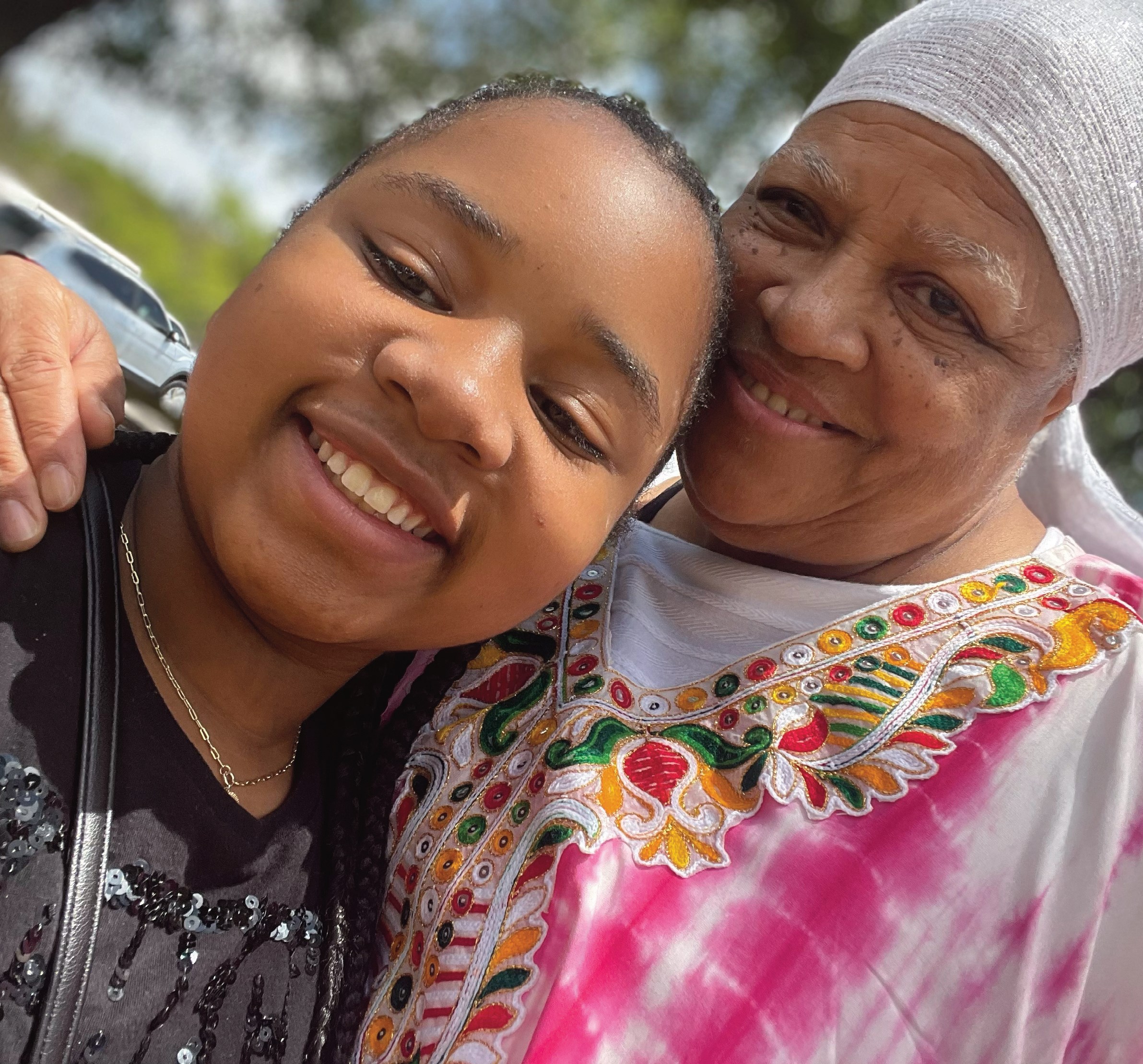

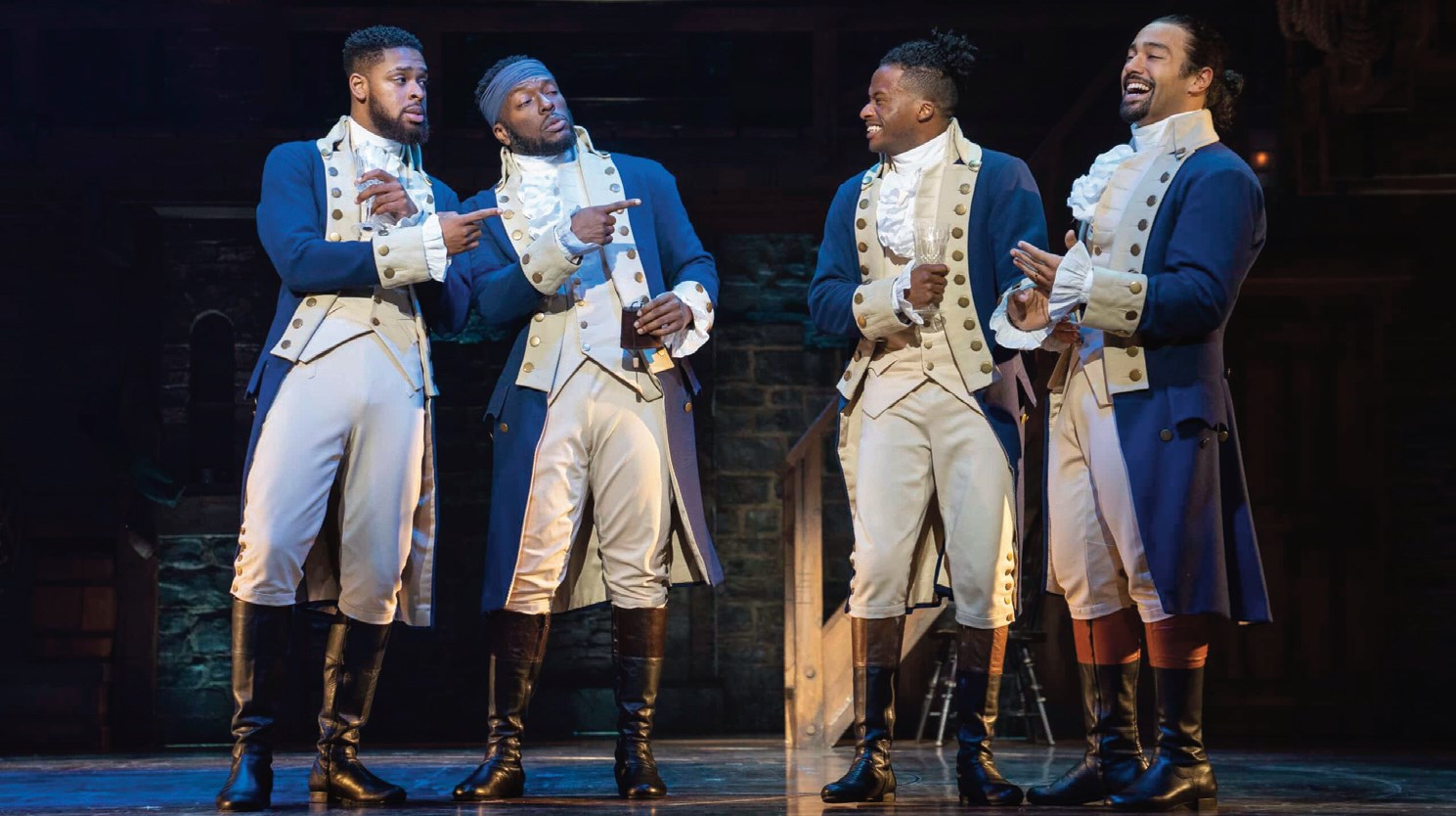
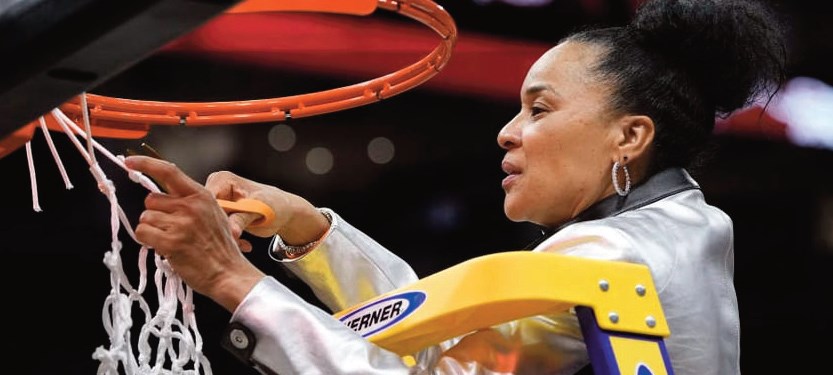
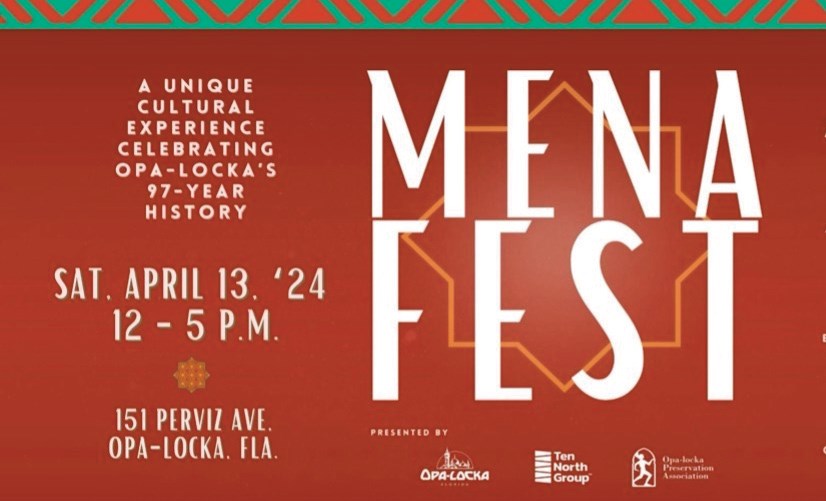
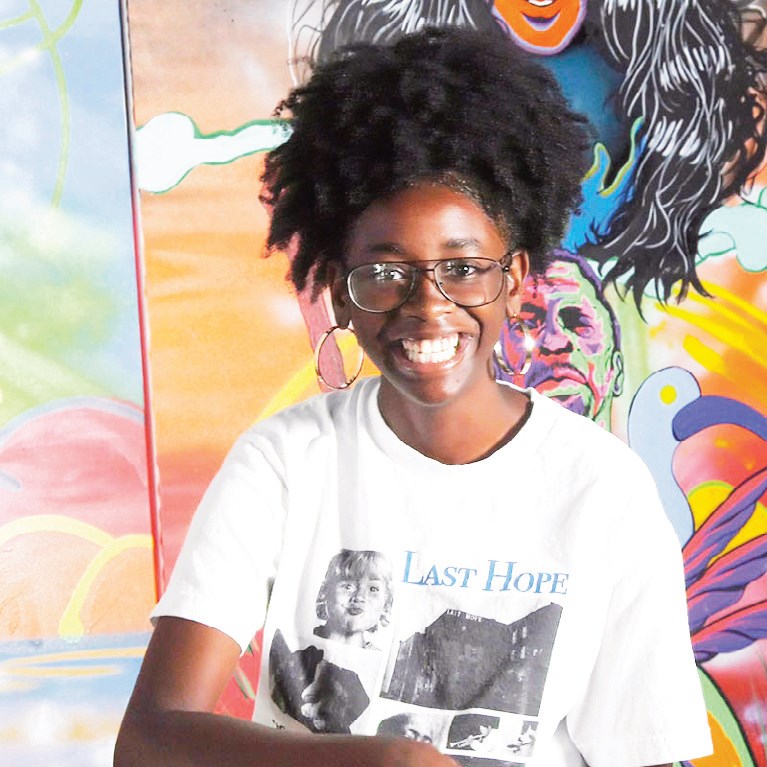
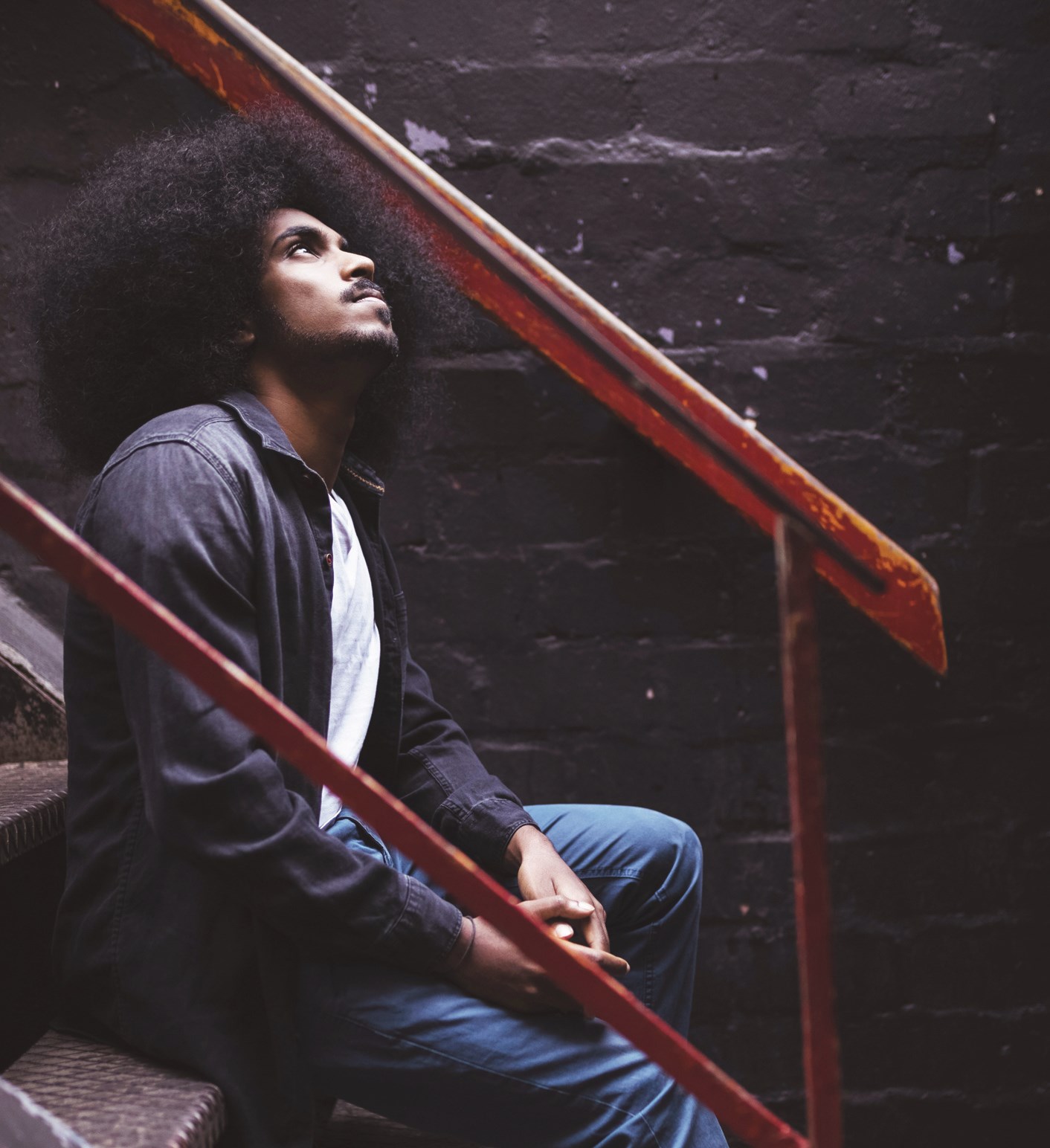
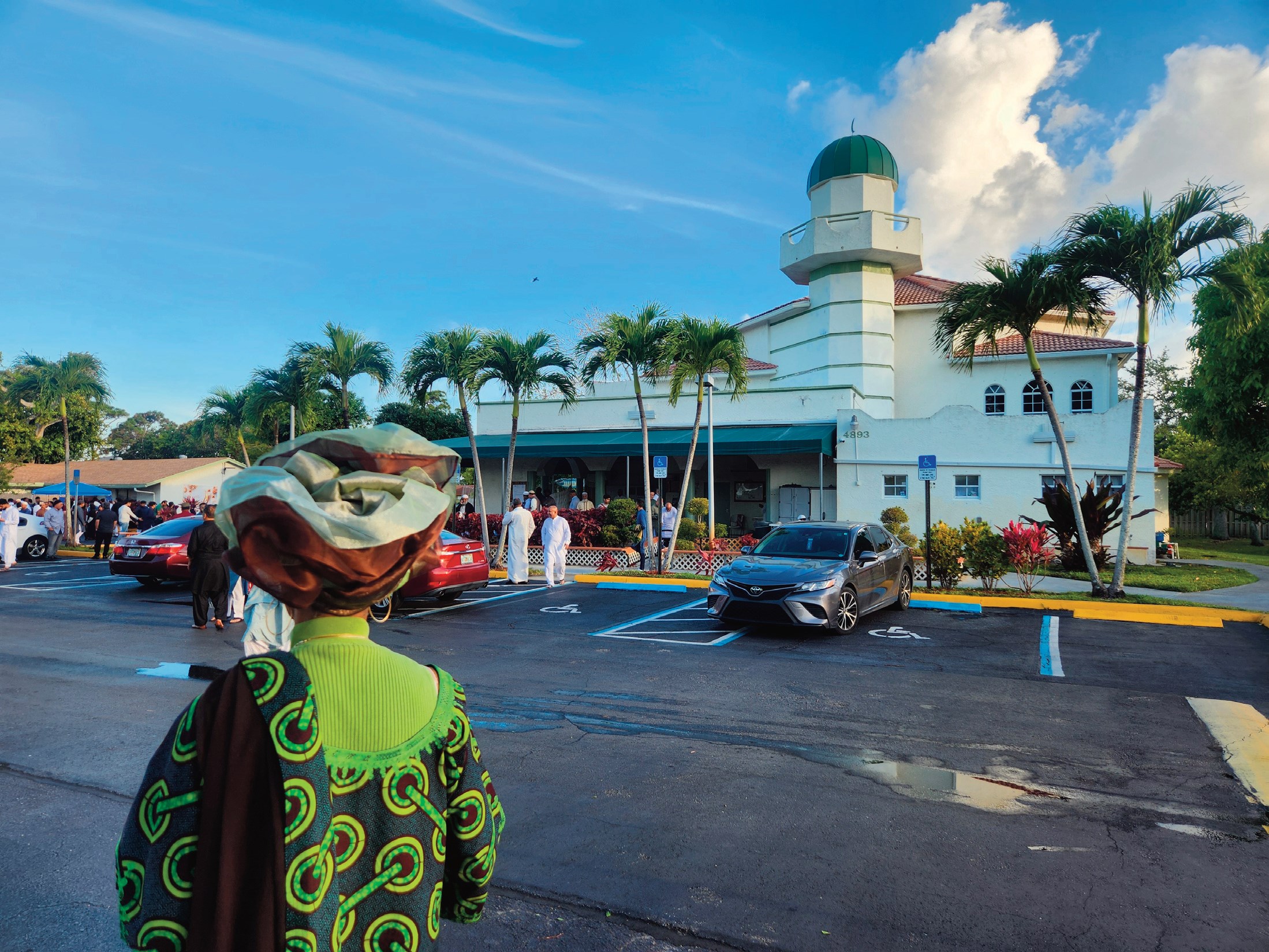



No Comment